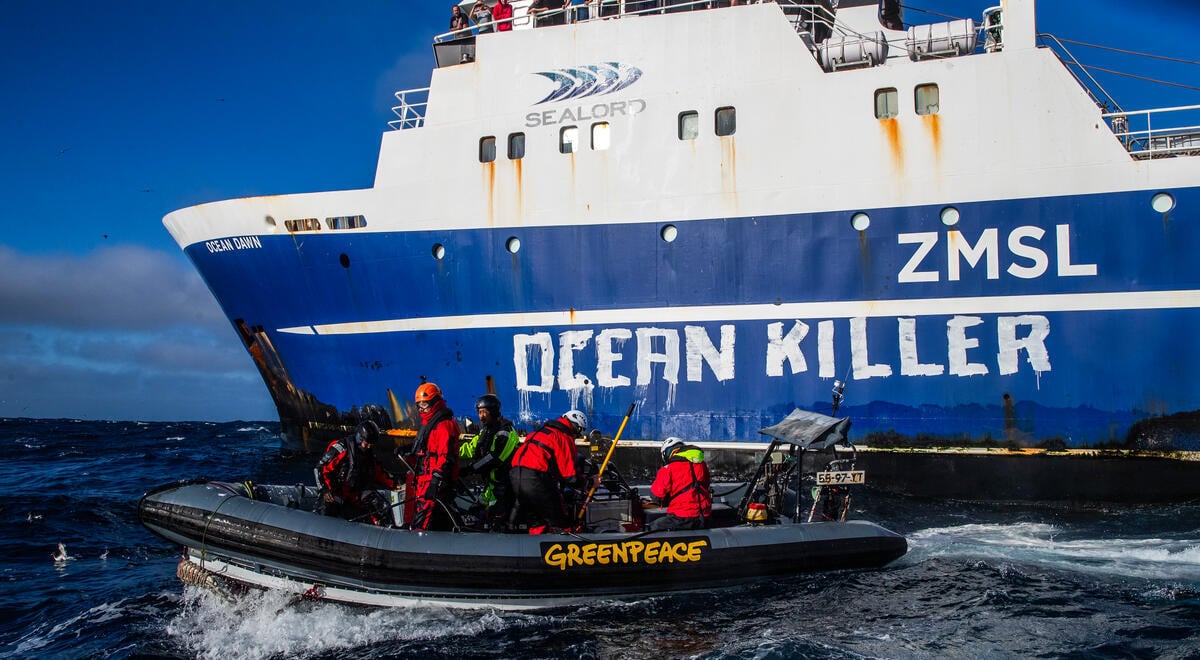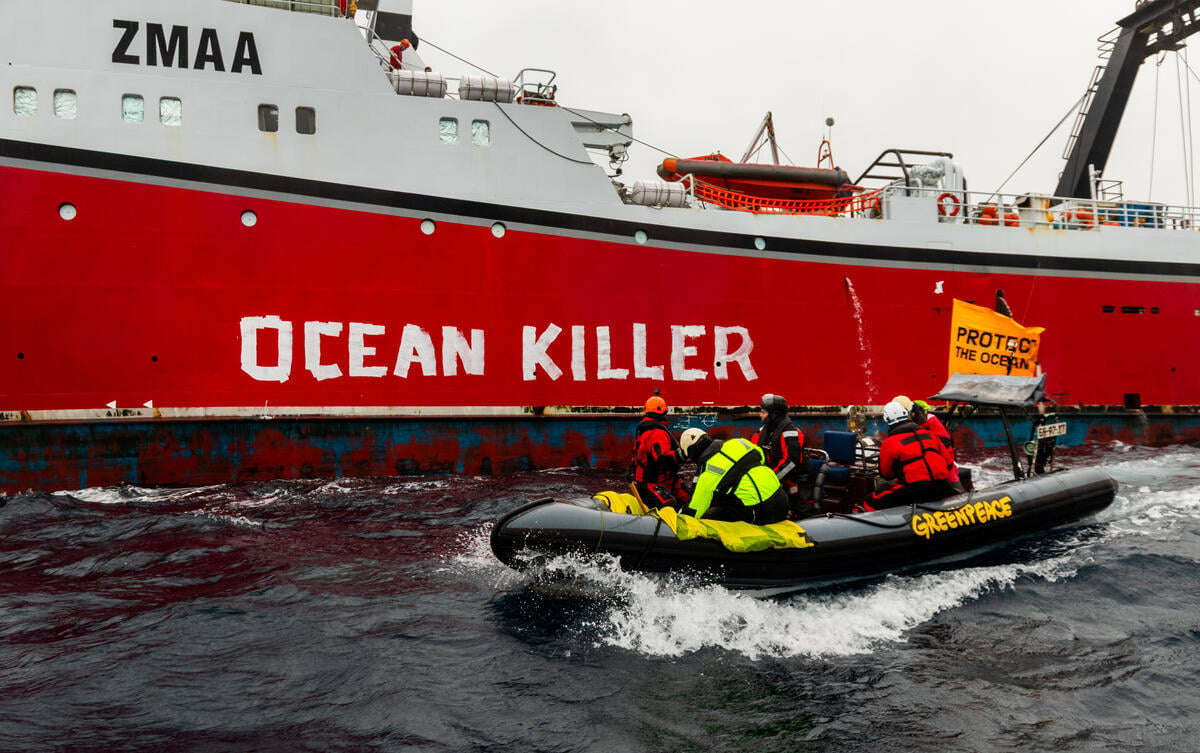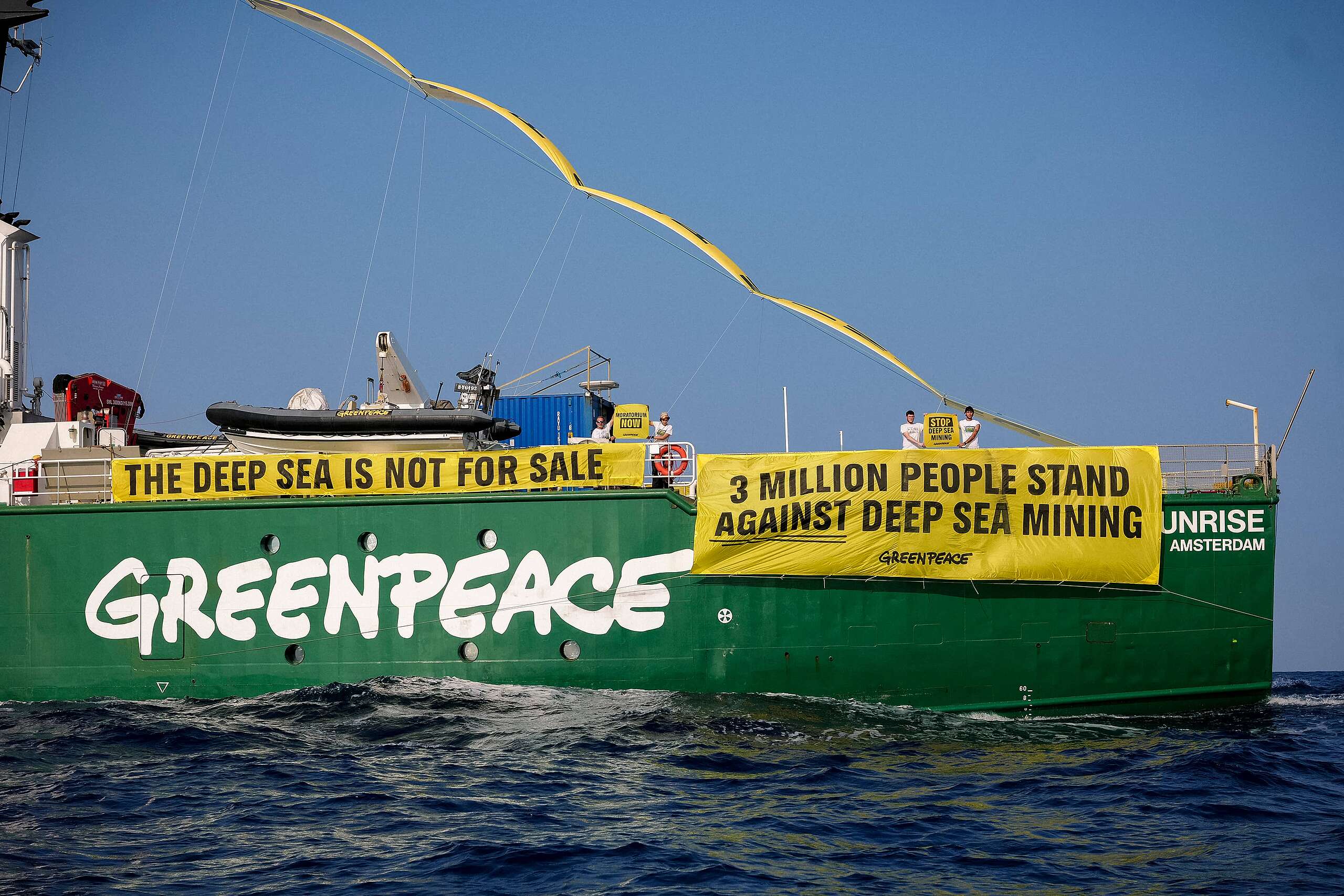Sitting on a 6-metre raft displaying a “Stop Bottom Trawling Seamounts” banner, Greenpeace activists have this morning blocked a Talley’s bottom trawling vessel to disrupt its departure from Port Nelson. Follow the action here.
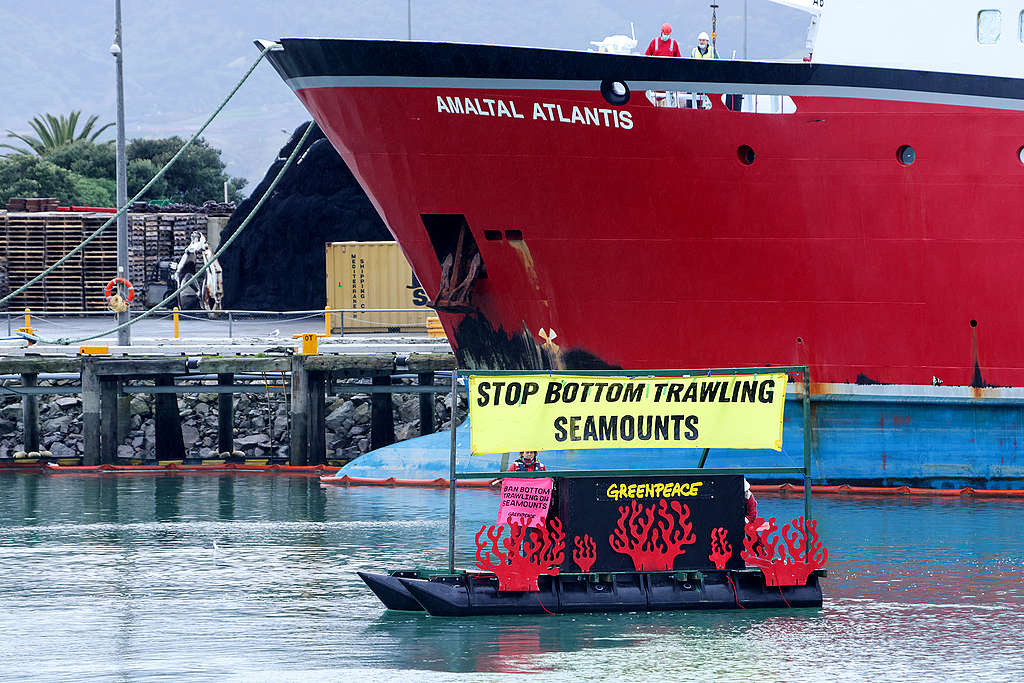
Two activists have anchored their raft – d믭 the SV Limpet – alongside the Talley’s trawler Amaltal Atlantis, in opposition to Talley’s continued bottom trawling on seamounts. Bottom trawling is a destructive fishing practice where huge weighted nets are dragged over underwater mountains or hills destroying ancient corals and killing rare marine life.
Activists also attached a large “Talley’s Ocean Vandals” banner to the hull of the bottom trawling vessel.
Greenpeace Aotearoa oceans campaigner Ellie Hooper says, “Taking action against Talley’s is necessary to protect the ocean’s biodiversity. We can have a healthy and thriving ocean again, but we have to stop the worst types of fishing.”
“Every year, Talley’s sends a fleet of vessels out to bottom trawl seamounts, destroying vulnerable coral habitats in the process. In the middle of the biodiversity crisis – bottom trawling seamounts is indefensible,” says Hooper.
“Seamounts are the building blocks of ocean life, forming essential breeding grounds for fish and a home for unique species. Fragile and slow growing coral live there – often called “the kauri of the deep”.
“When companies like Talley’s drag large weighted nets over seamounts they don’t just catch fish, they bulldoze through everything in their path and net huge amounts of other species. Research shows these trawled areas may not recover in our lifetime.
From aboard the raft attached to Talley’s bottom trawling vessel, Greenpeace activist Jessica Desmond says: “We are here today to disrupt Talley’s activities – because they continue to bottom trawl seamounts, and the government has not taken action to stop them.
“Today we’re calling on David Parker to ban bottom trawling on these biodiversity hotspots. To protect the health of the ocean, bottom trawling on seamounts must stop.”
“New Zealanders are already on board. Over 70,000 people have signed petitions calling for a ban on bottom trawling and recent polling shows nearly 80% of respondents want the practice banned.”
Bottom trawling involves dragging huge heavy nets over seamounts to catch fish that congregate on these biodiversity hot spots to feed and spawn. An indiscriminate method, it drags up everything growing on the seafloor along with killing non-targeted marine life.
Seamounts are underwater mountains, hills and knolls of various sizes and NIWA have mapped over 800 of them in New Zealand. Fed by nutrients rising from the deep they are ideal locations for coral and sponges to grow which in turn act as nurseries for fish and other marine life. Larger mammals also benefit with whales and sharks using seamounts as feeding and navigation spots.
Recent research into orange roughy, a deep sea fish that can live for over 200 years, adds further evidence to show why bottom trawling is unsustainable. Scientists found that orange roughy don’t reach full maturity around 80 years of age, much later than previously thought, throwing the sustainability of this fishery further into question.
Despite this news, the Marine Sustainability Certification has revealed its plans to give its blue tick to orange roughy fisheries in New Zealand.
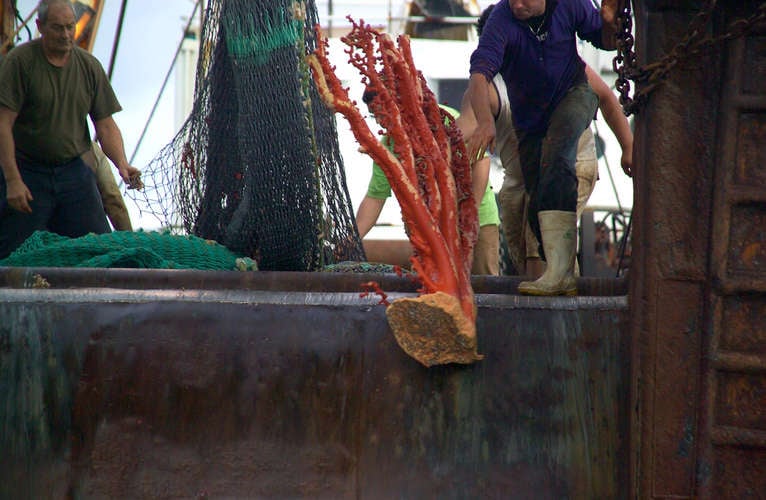
Join the call to demand that the NZ Govt bans bottom trawling on seamounts and similar deep sea features, and stop issuing permits for bottom trawling in international waters.
Take Action
